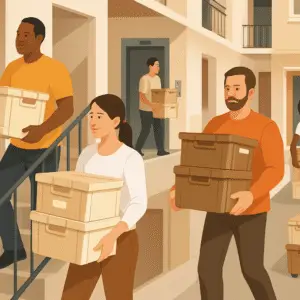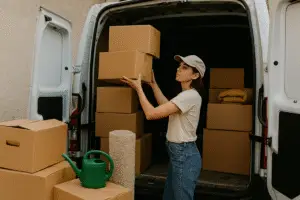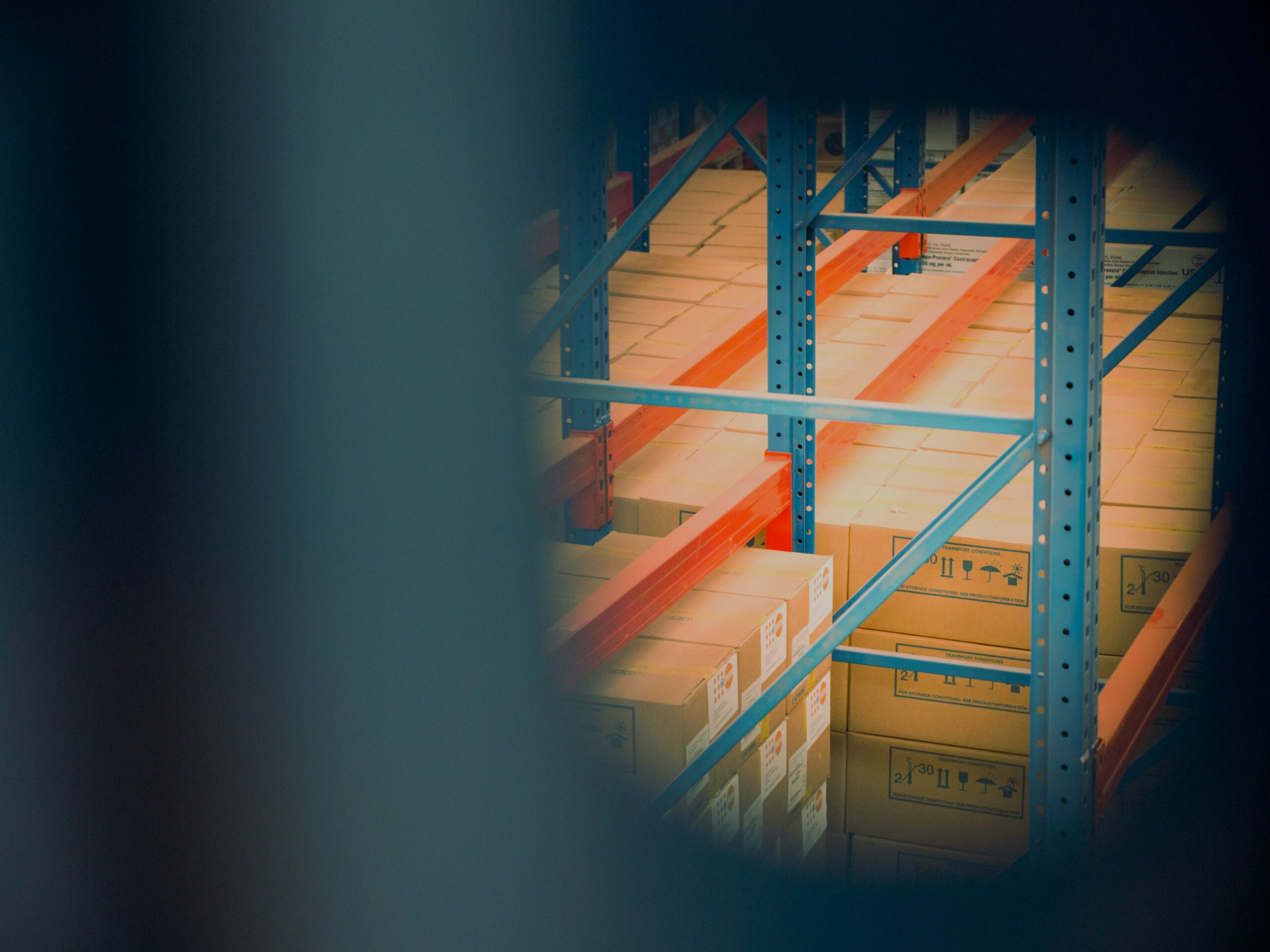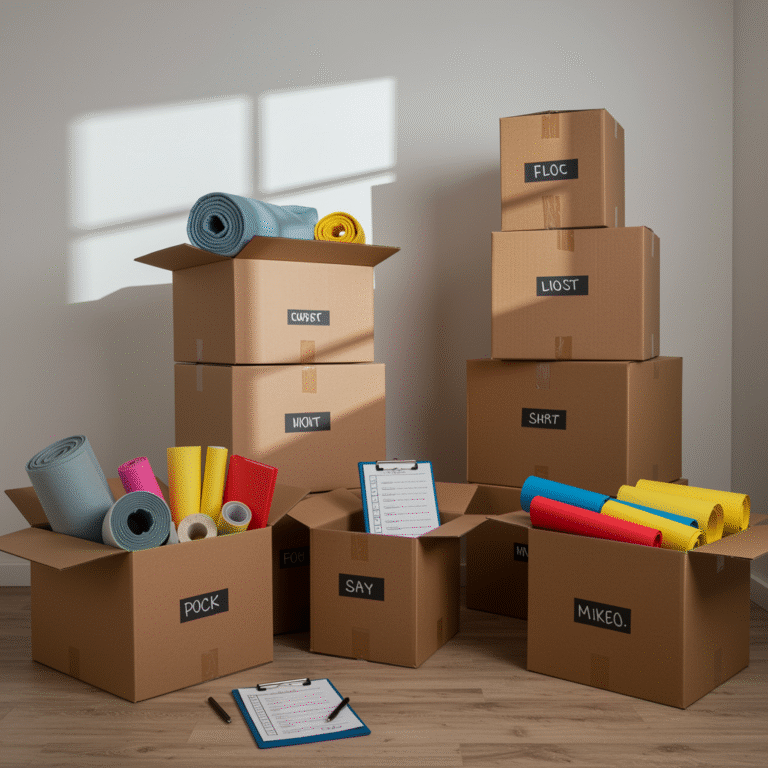Self-Move Success: Start with a Solid Timeline
1. Planning Your Self-Move: The Foundation for Success
Start With a Solid Timeline
Begin by setting your moving date, then work backward. Break up your tasks by week:
- 6 weeks out: Declutter, research truck rentals, and gather packing supplies.
- 4 weeks out: Notify utilities, schools, and subscriptions of your move.
- 2 weeks out: Begin serious packing, with non-essentials going first.
- 1 week out: Pack essentials, confirm truck rental, and arrange help.
The Ultimate Moving Checklist for Self Move
Download a digital checklist (try Google Keep or Trello) or create your own. Include:
- Notifying your landlord or real estate agent
- Changing your address with the USPS
- Updating your driver’s license if you’re moving states
- Arranging utility shut-off and turn-on dates
- Booking pet or childcare for moving day
- Double-checking insurance coverage for your move
“A moving checklist is the best way to keep your move on track and your sanity intact,” says Moving.com.
Set Your Moving Budget—and Track It
List all anticipated expenses, including:
- Truck or van rental (compare U-Haul, Penske, and Budget)
- Gas, tolls, and parking (especially for city moves)
- Packing supplies (see our eco-friendly tips below)
- Meals for moving helpers
- Cleaning supplies for both old and new homes
Apps like Mint or a simple spreadsheet can help you stay on track.
2. Decluttering Before a Move: Less Stuff, Less Stress
Why Declutter First?
Every item you purge is one less thing to pack, carry, and unpack. Go room by room and ask yourself:
- Have I used this in the last year?
- Does it spark joy? (Thanks, Marie Kondo!)
- Will it fit in my new space?
The Decluttering Before a Move Checklist
- Donate gently used clothes, toys, and household items to local charities.
- Sell valuable pieces on Facebook Marketplace, Craigslist, or OfferUp.
- Recycle or safely dispose of broken electronics, expired products, and old paperwork.
“Decluttering before a move makes packing and unpacking so much easier—and it’s less to haul on moving day,” says Good Housekeeping.
Special Note: Moving With Kids or Pets
If you’re packing up a family home, let kids pack a “first night” bag with comfort items, snacks, and a favorite toy. For pets, pack their food, bowls, leashes, and a familiar blanket in a clearly labeled box.
3. Gathering Packing Supplies: Smart, Cheap, & Eco-Friendly
Where to Find Cheap Packing Supplies for Moving
- Free boxes: Grocery stores, liquor stores, bookstores (sturdier for heavy items)
- Online sources: Craigslist “Free” section, Facebook Buy Nothing groups
- Reusable containers: Suitcases, storage bins, laundry baskets
Eco-Friendly Moving Supplies
- Rent plastic moving boxes from companies like U-Haul or local services. They’re sturdy, stackable, and reusable.
- Use old towels, sheets, and clothing instead of bubble wrap.
- Recycle your boxes after the move, or pass them along to another mover.
“Choosing reusable or recycled packing materials is a win for your wallet and the environment,” says Treehugger.
Must-Have Moving Supplies
- Heavy-duty packing tape
- Permanent markers (color code by room)
- Stretch wrap (great for securing drawers and protecting furniture)
- Furniture blankets or pads (sometimes included with truck rentals)
- Moving straps and a dolly
4. Packing Like a Pro: Self Move Packing Tips for Families
The Room-by-Room Approach
Start with the rooms you use least. Pack up out-of-season clothes, guest bedrooms, and storage areas first. Save the kitchen, bathroom, and bedrooms for last.
The Best Way to Label Moving Boxes
Label at least two sides of every box with:
- Room name (color-coded markers work wonders)
- Brief description of contents
- Special handling (“FRAGILE,” “THIS SIDE UP”)
Apps like Sortly let you create a digital inventory with photos, so you’ll never lose track of what’s in each box.
Packing Hacks for Fragile & Valuable Items
- Wrap plates vertically in boxes, like records, for less breakage.
- Use socks to pad glasses and small items.
- Tape cords and remotes to their electronics.
- Keep a “parts box” for all screws and hardware, clearly labeled.
Keep Essentials Separate
Pack a “first night” box for every family member, with pajamas, toiletries, medications, and chargers. For pets, include food, bowls, and toys.
“Having a moving essentials bag makes the first night in your new place so much smoother,” says The Spruce.
5. Loading the Truck: How to Load a Moving Truck By Yourself
Prep Your Space
Park as close as possible, clear pathways, and protect floors with old blankets or cardboard.
Load Heavy Items First
- Place dressers, washers, and sofas against the truck walls.
- Stand mattresses upright to save space.
- Distribute weight evenly, with heavier items toward the cab for stability.
Stack and Secure
- Stack lighter boxes on top of heavier ones.
- Fill gaps with soft items (pillows, blankets).
- Use moving straps to keep everything stable.
- Place fragile items last, on top.
“A well-packed truck is safer, and you’ll fit more in,” advises a user on Reddit’s r/Moving.
Special Situations: Long-Distance or Cross-Country Moves
- Double-check rental policies for mileage, drop-off locations, and insurance.
- Pack a road-trip bag with snacks, water, first aid, and entertainment for kids.
- Plan overnight stops, book hotels in advance, and check parking for large vehicles.
6. Moving Day: Safety Tips for DIY Movers
Dress Appropriately
Closed-toe shoes, gloves, and layered clothing are musts. Bring rain gear if the forecast is iffy.
Lift With Care
- Bend your knees, not your back.
- Team-lift heavy or awkward items.
- Use furniture sliders on hardwood floors or carpet.
Stay Safe in Bad Weather
- Lay down tarps or towels to keep floors dry.
- Use extra caution on wet or icy stairs.
- Keep a change of clothes handy in case you get soaked.
“Accidents happen fast on moving day. Take your time and don’t rush,” cautions The Balance.
7. Special Tips: Moving With Kids, Pets, and Seniors
Moving With Children
- Involve them in packing their favorite toys and books.
- Arrange for a sitter or playdate on moving day if possible.
- Keep their “first night” bag handy.
Moving With Pets
- Keep pets in a quiet, secure room while loading and unloading.
- Update microchip and tags with your new address.
- Set up their food, water, and bed as soon as you arrive.
Moving With Seniors
- Pack medications separately and keep them easily accessible.
- Arrange for comfortable seating and shade on moving day.
- Seek help for heavy lifting or complicated tasks.
8. After the Move: Unpacking Tips for Self Movers
First Things First
- Unpack bedding, toiletries, and basic kitchenware.
- Set up beds and make sure everyone has a place to sleep.
Room-by-Room Unpacking
- Start with the kitchen and bathrooms.
- Unpack kids’ rooms next, so they feel at home.
- Assemble furniture as you go.
Use Technology
Inventory apps can help you check off boxes as you unpack and spot missing items fast. If anything is damaged, document it with photos for insurance claims.
Meet the Neighbors
A simple hello or wave goes a long way toward making your new place feel like home. Ask about trash pickup days, local services, and neighborhood events.
Set Up Utilities and Services
Double-check that electricity, water, gas, and internet are working. If you moved long-distance, register your car and update your license.
9. Avoid Common Self-Move Mistakes
- Overpacking boxes: Stick to 40 pounds or less.
- Not reserving the truck in advance: Especially at month’s end.
- Forgetting change of address tasks: Update banks, subscriptions, and insurance.
- Skipping safety steps: Always lift safely and use the right equipment.
- Trying to do it all alone: Don’t be afraid to ask for help.
10. Bonus: Sustainability and Giving Back
- Donate unwanted items rather than sending them to the landfill.
- Recycle moving boxes or pass them on via local “Freecycle” groups.
- Use green cleaning products in your new home.
- Consider a virtual yard sale to fundraise for a local cause.
“Every move is a chance to start fresh—not just for you, but for your community and the environment,” says Treehugger.
Conclusion
A self-move is a big project, but with the right preparation, it can be empowering and even enjoyable. By following this expanded guide, using technology, and keeping sustainability in mind, you’ll get to your new home smoothly—and maybe with a little extra cash (and karma) in your pocket. Remember to celebrate your accomplishment and enjoy your new beginning.
Happy moving from all of us at HelpYourselfMoving.com!











